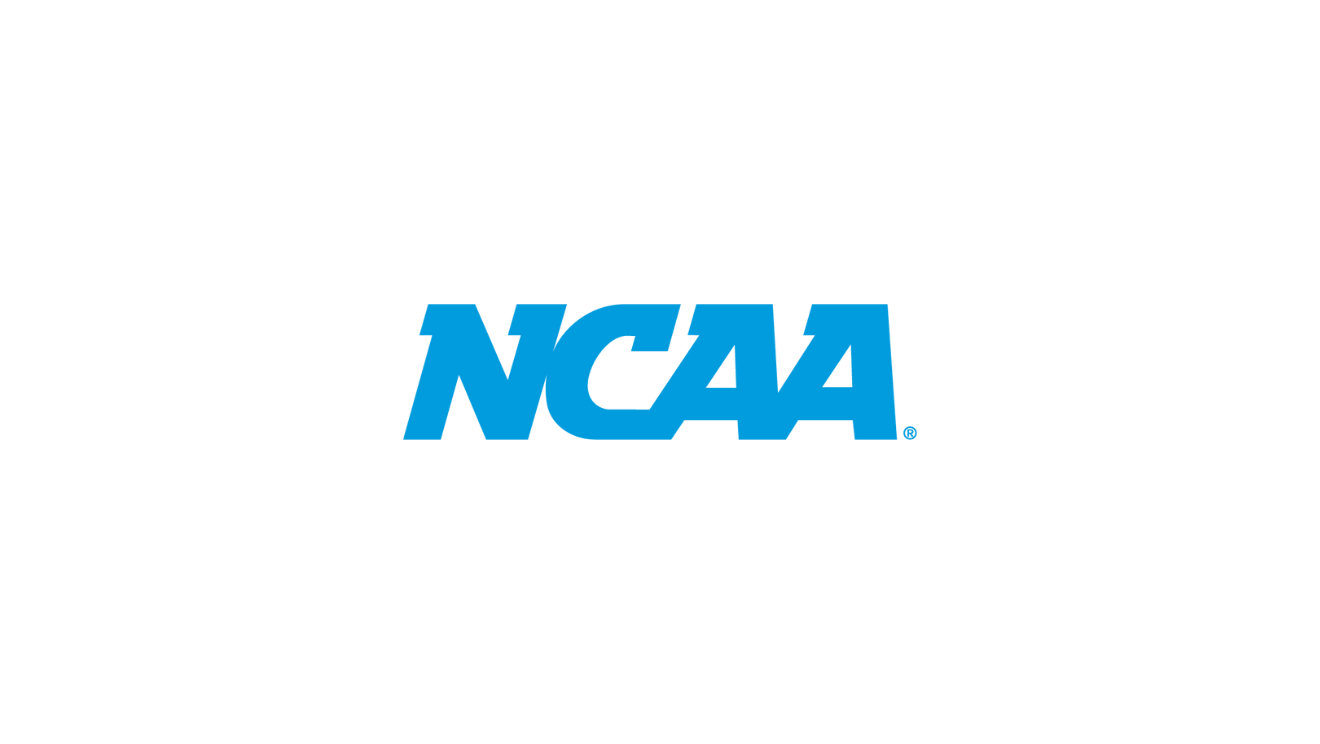INDIANAPOLIS, INDIANA (July 9, 2018) — Equipment rules designed to reduce risk of injury, related to eye shields for defensive face/head protection and adjustable bat knobs, are among the high school softball rules changes for the 2019 season.
The four rules changes recommended by the National Federation of State High School Associations (NFHS) Softball Rules Committee at its June 11-13 meeting in Indianapolis were subsequently approved by the NFHS Board of Directors.
Rule 1-8-4 permits an eye shield to be worn attached to the face/head protection only if it is constructed of a molded, rigid material that is clear and permits 100 percent (no tint) allowable light transmission. This change aligns with other softball equipment rules that currently prohibit tinted eye shields.
“The prohibition of tinted eye shields already exists in Rules 1-6-7 and 1-7-1,” said Sandy Searcy, NFHS director of sports and staff liaison for softball. “In an effort to promote risk minimization, tinted eye shields should be prohibited for defensive face/head protection.”
Among other rules changes was a clarification to Rule 1-5-2a, which permits a softball bat to have an adjustable knob, provided the knob is permanently fastened by the manufacturer. Any devices, attachments or wrappings that cause the knob to become flush with the handle are also permitted.
With revisions in Rules 1-1-7, 2-22-4 and 5-1-1, the home team or game management may designate a media area in dead-ball territory if the facility dictates.
“Requiring the media area to be located in dead-ball territory minimizes risk and continues efforts to improve the safety of participants, officials, fans and other essential personnel,” Searcy said.
The final change approved by the committee in Rule 6 stipulates that the penalty for an illegal pitch is limited to the batter being awarded a ball. Previously, the batter was awarded a ball and all base runners were also awarded one base without liability to be put out.
“The new language creates more balance between offense and defense,” Searcy said. “In NFHS softball rules, the illegal pitch is designed to deceive the batter and, therefore, only the batter should receive the award.”
According to the 2016-17 NFHS High School Athletics Participation Survey, there are 367,405 girls participating in fast-pitch softball at 15,440 schools.
A complete listing of the softball rules changes will be available on the NFHS website at www.nfhs.org. Click on “Activities & Sports” at the top of the home page and select “Softball.”
Track and Field/Cross Country
Further simplification of the uniform rule in track and field, and clarification on the method of determining the order of finish in cross country highlight 2019 rules changes in those two high school sports.
Seven changes were recommended by the NFHS Track and Field and Cross Country Rules Committee at its June 11-13 meeting in Indianapolis, and all changes were subsequently approved by the NFHS Board of Directors.
In Rule 4-3-1, the interpretation of a foundation garment was expanded to include any item worn under the uniform top and/or bottom. The rule now states that “any visible garment worn underneath the uniform top and/or bottom is considered a foundation garment. A foundation garment is not subject to logo/trademark/reference or color restrictions.”
In addition, Rule 4-3-2 was rewritten to allow schools more options in meeting the uniform rule. The rule now states that “all relay and cross country team members must wear uniforms clearly indicating, through predominant color, school logo and color combination of all outer garments worn as a uniform, that members are from the same team.”
“It has become increasingly more difficult to officiate the uniform rule given the increase in the number of programs nationwide that are allowing individual team members the option of independently purchasing either all or part of their team uniform,” said Julie Cochran, NFHS director of sports and liaison to the Track and Field/Cross Country Rules Committee. “Slight differences in design of uniform do not negatively impact the identification of a relay or cross country team. The expectation of this rule is that all relay and cross country team members can be clearly identified as representing the same school.”
The revised 4-3-2 NOTE states that “the official shall have no uncertainty in determining that all members are from the same team.”
In cross country, regardless of the system used to determine the places of runners, the order of finish should be based on when the torso of the runner crosses the finish line. Changes in Rule 8-3 state that whether hand timing, transponder/chip or image-based timing systems are used, the torso is the determining factor in order of finish.
The committee also revised Rule 8-1-1 regarding the cross country course which better describes a legal course layout.
The remaining changes concern field events in Rule 6. In the discus and javelin, measurement shall be recorded to the nearest lesser inch or centimeter. The addition of centimeter allows states using the metric system to give a fairer depiction of the actual performance.
In Rule 6-9 regarding the long jump and triple jump, the committee established ranges of distances in the events. Rule 6-9-5 NOTE states that the “distance from the foul line or takeoff board may be adjusted to accommodate different levels of competition. Competitors may change which foul line or takeoff board they are using during competition, but only with the prior notification and confirmation of the event judge.”
According to the 2016-17 NFHS High School Athletics Participation Survey, track and field is the most popular sport for girls with 494,477 participants and is No. 2 for boys with 600,136. Cross country ranks sixth for girls with 226,039 and sixth for boys with 266,271 participants.
A complete listing of the track and field/cross country rules changes will be available on the NFHS website at www.nfhs.org. Click on “Activities & Sports” at the top of the home page and select “Track and Field/Cross Country.”





 Back
to News
Back
to News